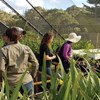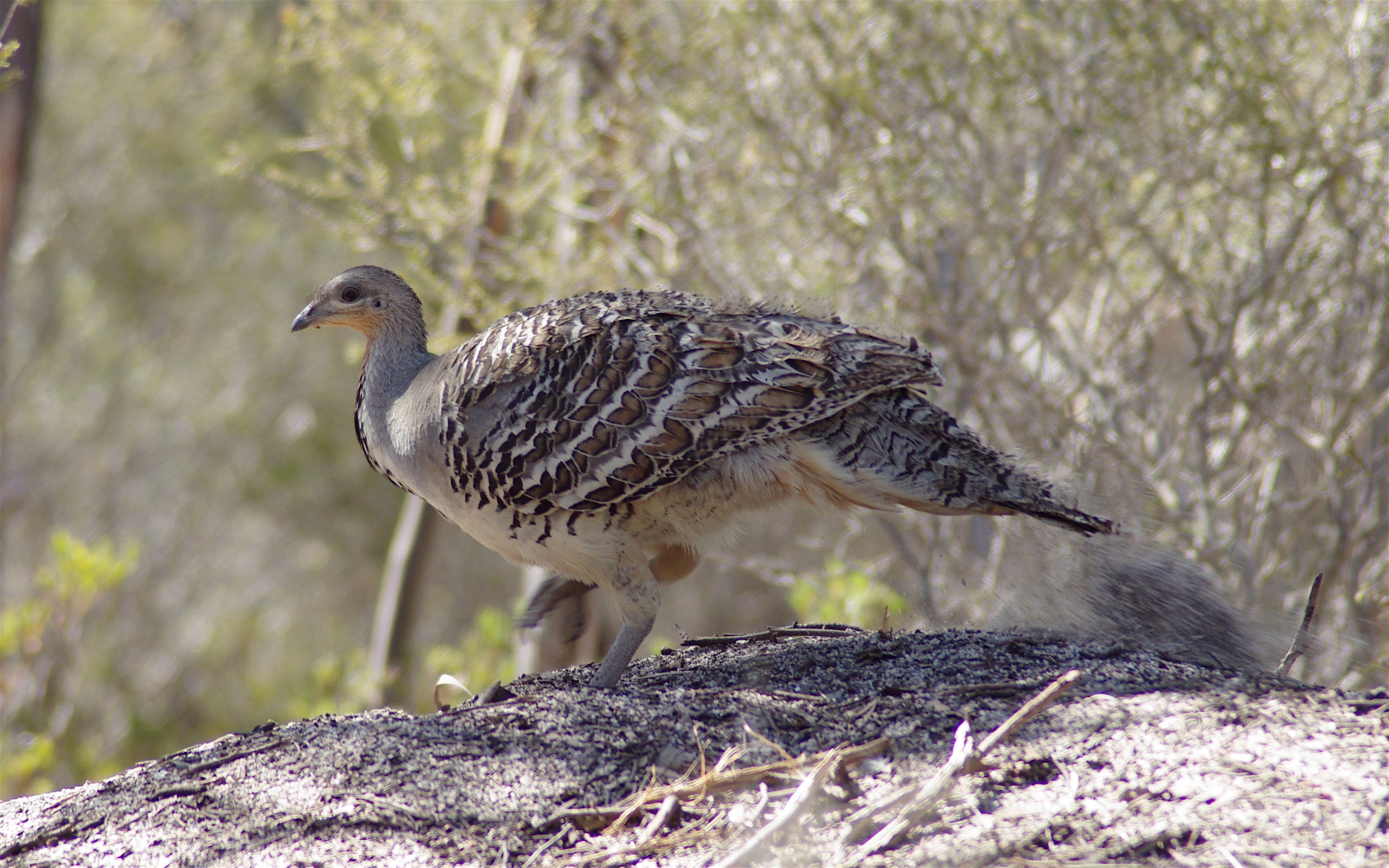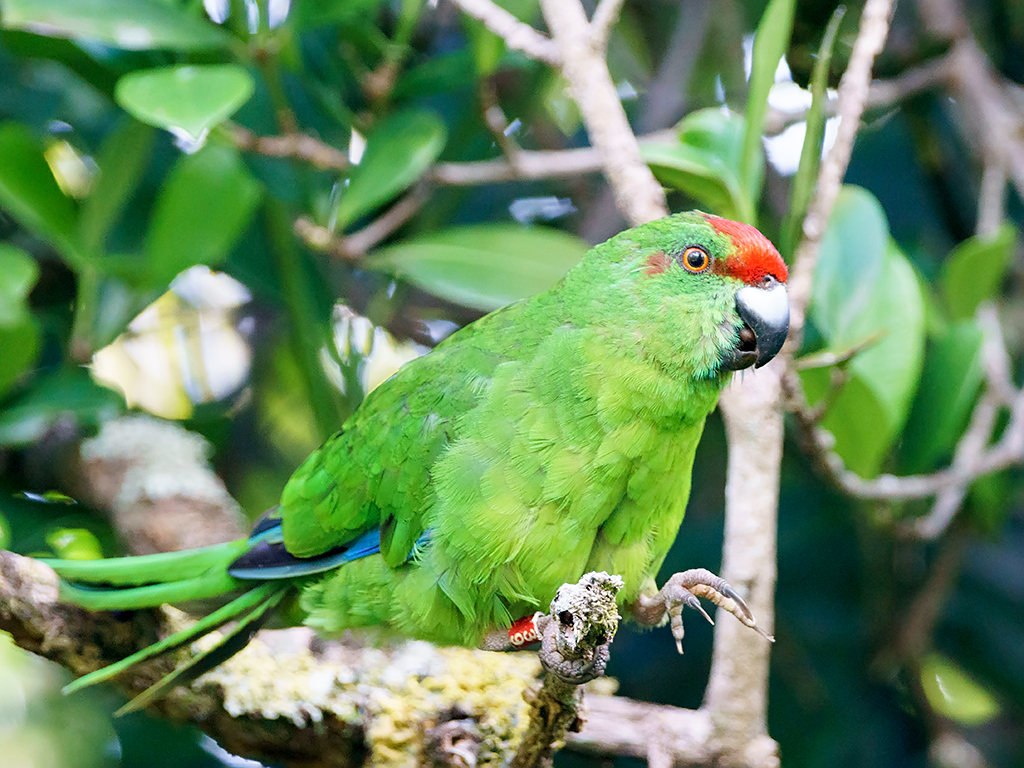
The governance of saving species
Wednesday, 14 December 2016Saving a threatened species is a big task often requiring the effort of many people over a sustained period. The way these people organise themselves (the rules they follow, the networks they form, the way they make decisions) is critical to the success of any species recovery program. The way people organise themselves is known as governance and Angela Guerrero is working with the TSR Hub to understand what forms of governance help a recovery effort (and what forms may hinder it.)
“The majority of science on saving threatened species focuses on the ecological side of the problem,” says Dr Guerrero. “My research focuses on the people side; how governance systems and the decision-making processes can be designed to enable effective management. At the end of the day, species are saved by people so understanding how people organise themselves to undertake this task is important.”
The work is part of her broader interest in understanding the human and ecological dimensions of conservation. She applies research methods that allow her to analyse social-ecological systems, to map their structure and attempt to understand how they operate over different scales of space and time.
“My research looks at complex interactions between humans and nature,” she says. “A better understanding of these interactions helps us to design effective management interventions.
“My work with the TSR Hub focusses on the governance of threatened species recovery efforts – in particular the processes of implementing recovery plans. I’m examining recovery efforts across Australia in an effort to identify the barriers and enablers of successful recovery efforts.
“In the broadest sense governance can sometimes be characterised as being ‘bottom-up’ where people and groups organise themselves; or ‘top-down’ where people follow instructions from above. My research shows that while bottom-up governance structures enable some environmental challenges to be addressed, they are not always the most effective approach. Depending on the governance challenge, top-down guidance is sometimes necessary so that ecological complexity that sometimes cuts across multiple management scales can be adequately dealt with.”
The more she studies governance, the more Dr Guerrero has come to realise how important it is to good conservation outcomes.
“I’ve discovered there is so much we still do not know about effective governance in conservation,” she explains.
“In many ways Australia is at the forefront of conservation science. We are world leaders in the science that underpins ‘good’ conservation and environmental decision making. However, it has become clear to me that we need to better understand the governance behind our decision making and incorporate this in the management tools we produce.
“It’s a fascinating challenge and one I hope to advance in the years ahead.”
Top image: Angela Guerrero has interviewed a wide range of people about how team structure can help or hinder effectiveness of recovery groups. Image: Jaana Dielenberg


